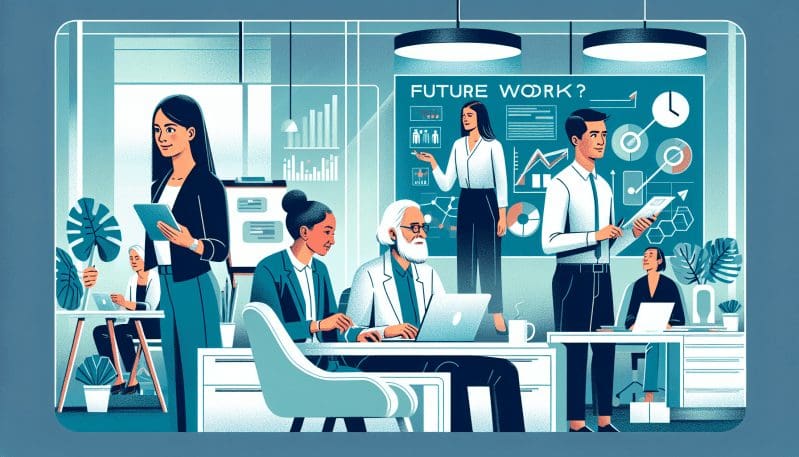As an Aging Workforce Expert, I have witnessed the significant challenges and opportunities that come with an aging workforce. In today’s fast-paced and ever-changing work environment, it is crucial for businesses and organizations to adapt and meet the needs of older workers.
One major challenge is the physical and mental health issues that can arise as employees age. Older workers may experience more frequent health issues, such as chronic conditions or age-related disabilities. It is essential for employers to provide accommodations and support to ensure the well-being and productivity of these employees. This can include flexible work arrangements, ergonomic adjustments, or access to health and wellness programs.
Another challenge is the changing dynamics and expectations in the workplace. Older workers may have different work styles and preferences compared to younger generations. It is important for organizations to recognize and value the unique skills and experiences that older workers bring to the table. This can involve creating mentorship programs, where older employees can pass on their knowledge and expertise to younger colleagues. Additionally, businesses can provide training opportunities to help older workers stay up-to-date with technology and industry advancements.
Age diversity in the workplace is incredibly important. It promotes a broader range of perspectives, creativity, and problem-solving abilities. Research has shown that diverse teams lead to increased innovation and better decision-making. Businesses should strive to create inclusive environments that value employees of all ages. This can be achieved through open communication, fostering teamwork, and implementing policies that prevent age discrimination.
To foster an inclusive and supportive environment for older workers, organizations can implement various strategies. One approach is to create flexible work arrangements that allow employees to transition into retirement gradually. This can include part-time work or project-based assignments. Another strategy is to provide opportunities for continuous learning and skill development, allowing older workers to remain engaged and motivated.
Moreover, companies can establish mentorship programs that pair younger employees with experienced older workers. This not only facilitates knowledge transfer but also promotes cross-generational collaboration. By bringing different generations together, organizations can harness the power of diverse perspectives and experiences.
In conclusion, the aging workforce presents both challenges and opportunities for businesses and organizations. By adapting to meet the needs of older workers, organizations can leverage their unique skills and experiences to drive innovation and success. Age diversity in the workplace is crucial, and strategies can be implemented to foster an inclusive and supportive environment for employees of all ages. By embracing the future of work and adapting to an aging workforce, companies can ensure sustainable growth and longevity.



























